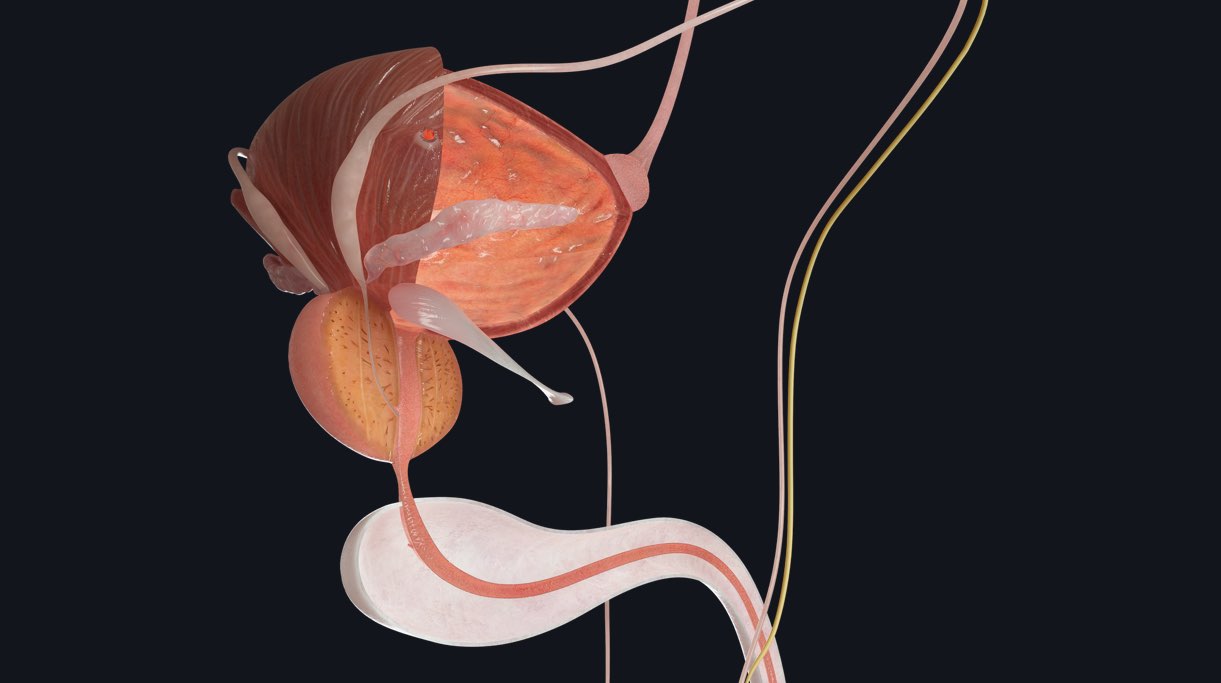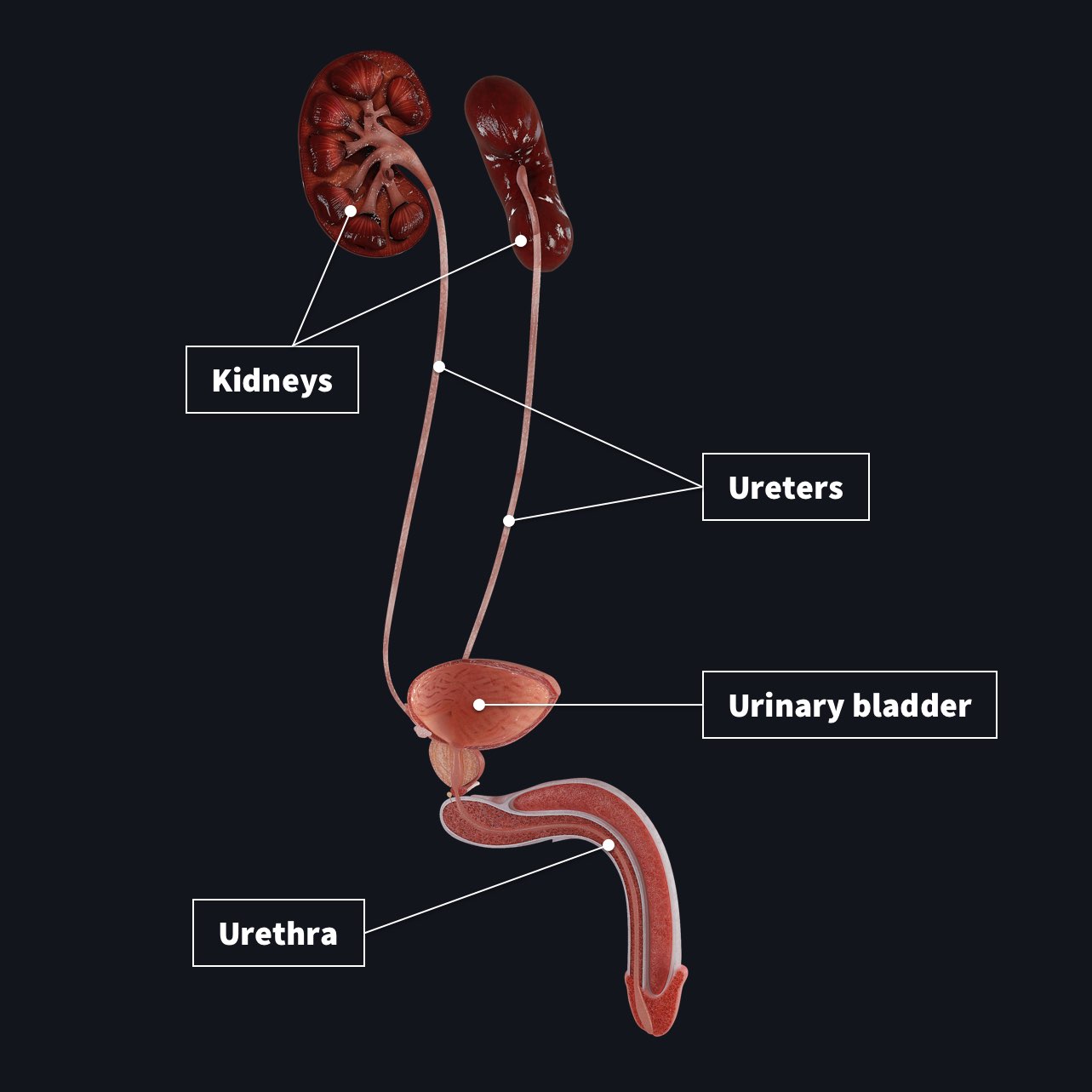
You’re on a long coach ride, or sitting through a meeting, and suddenly you have the urge to pee. We’ve all been there. But have you ever wondered how your body tells you it’s time for a bathroom break? Let’s examine the physiology behind the urinary system.
Also known as the urinary tract, the urinary system is composed of organs specialized in the production and storage of urine and its excretion from the body. They include the kidneys, ureters, urinary bladder and the urethra, all labelled below.

This system helps to eliminate waste products such as urea from the body, regulate electrolyte concentration, blood pressure and pH levels.
The kidneys play a central role in the production of urine and removal waste products ?️ and toxins from the blood by 3 main physiological mechanisms: glomerular filtration, selective reabsorption and tubular secretion. This occurs within the nephron, which is the functional unit of the kidney (check out our ‘Kidney Lobe’ microanatomy model in Complete Anatomy!)
The kidneys produce urine at a rate of up to 1ml / kg of body weight per hour, and when all toxins and waste products have been filtered out, urine passes through the ureters to the urinary bladder where it is stored.
In a healthy adult, the urinary bladder has a capacity of about 300-500ml. However, at a urine volume of about 400ml, sensory nerve fibers around the bladder signal the brain to start up the process of urine excretion, known as micturition ?, where urine flows out of the urinary bladder through the urethra.
Each component of the urinary system uniquely aids in the flow of urine. If any one of the components fails to function correctly, the flow of urine can become greatly reduced (a condition known as urinary stasis),increasing the risk of infection, specifically a urinary tract infection (UTI).
Explore 12 body systems in stunning detail with Complete Anatomy. Learn anatomical relations and the physiologies behind them using the proven learning benefits of 3D. Try it for FREE today.
If you found this blog post useful, you might also enjoy learning about the anatomy of the kidney lobe.
